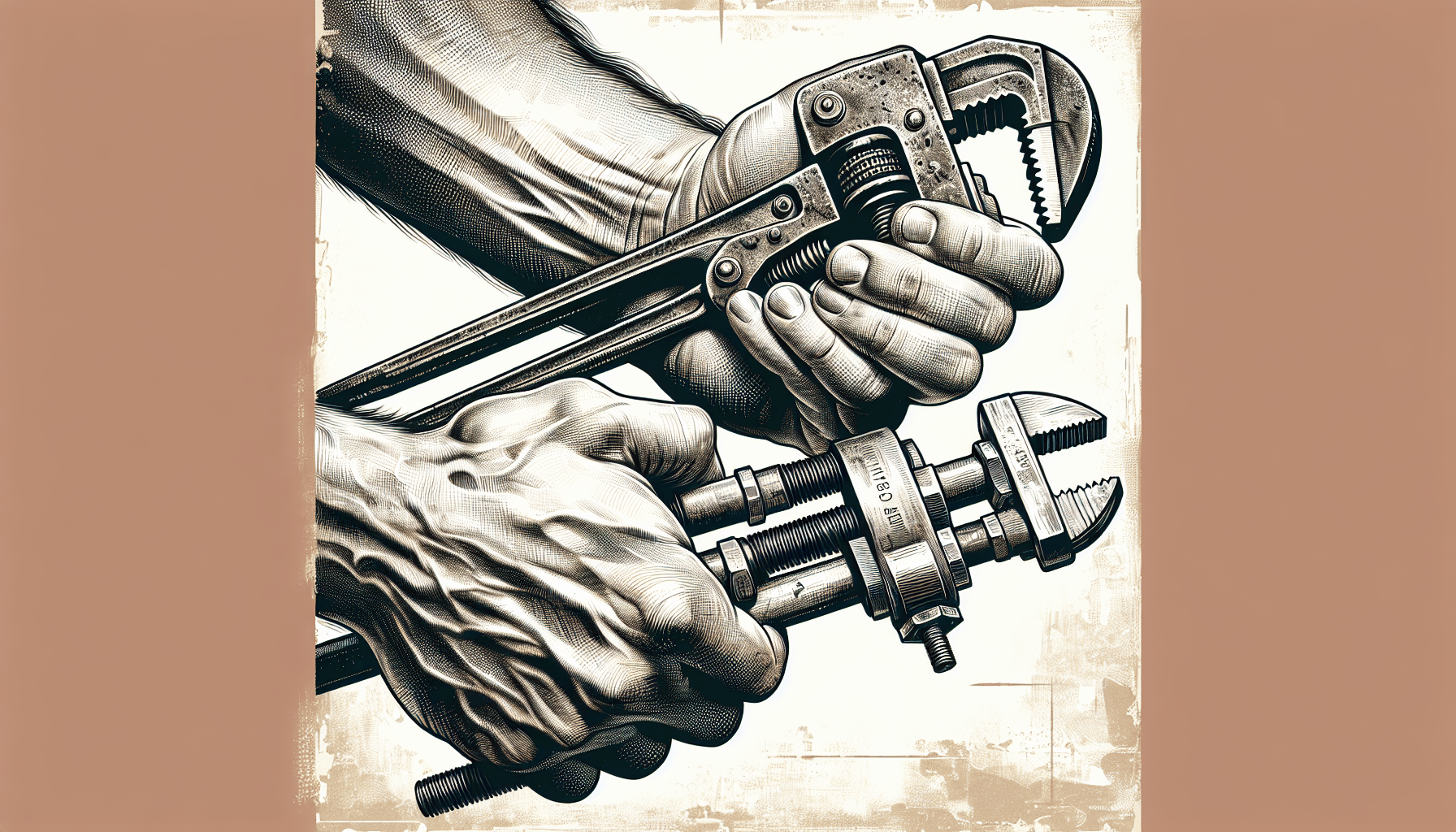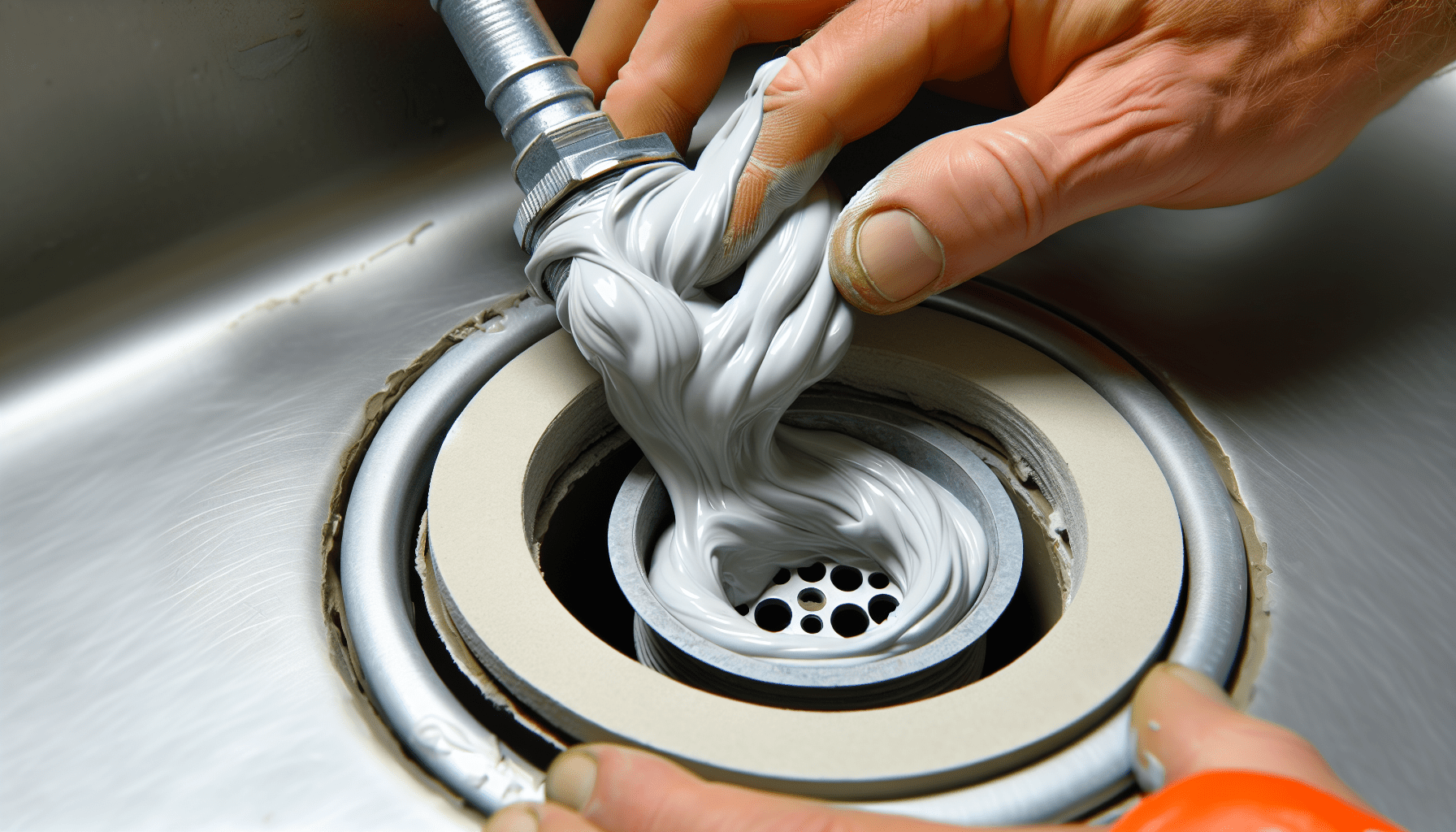Imagine you’re in the middle of a plumbing project and suddenly you realize that something isn’t quite right. Could it be the plumbers putty? It’s crucial to identify if the plumbers putty you’re using is bad in order to ensure a successful and leak-free outcome. In this article, we’ll guide you through the telltale signs that indicate whether your plumbers putty is still good to go or if it’s time to replace it. By the end, you’ll feel confident in your ability to determine if your plumbers putty is bad and make the necessary adjustments for a job well done.
Visual Inspection
When inspecting a container of plumber’s putty, there are several visual cues that can indicate the quality of the product. One of the first things to look for is any color changes in the putty. A high-quality putty should maintain a consistent color throughout the container. If you notice any discoloration or variations in color, it could be a sign that the putty has gone bad.
Another visual indicator to look out for is a sticky or tacky texture. The putty should have a smooth and pliable consistency that is easy to work with. If you find that the putty feels overly sticky or tacky to the touch, it may be an indication that it has deteriorated and is no longer suitable for use.
Lastly, a dry or crumbly appearance is another visual clue that the putty may be bad. A good quality plumber’s putty should have a slightly moist and malleable texture. If the putty appears dry or crumbly, it may have lost its moisture content and is likely to be less effective. Be sure to thoroughly inspect the putty for any visual signs of deterioration before using it.
Odor
While plumber’s putty is not typically known for its pleasant smell, there are certain odors that can indicate that the putty has gone bad. If you encounter an unpleasant or off-putting smell when opening a container of putty, it could be a strong indication that the putty is no longer usable. Trust your sense of smell and if in doubt, it is best to err on the side of caution and consider replacing the putty.
Consistency
The consistency of plumber’s putty is crucial for its effectiveness. If the putty is too hard or too soft, it may become difficult to work with and might not adhere properly. When you try to mold the putty, it should have a pliable and smooth consistency that allows for easy shaping. If you find that the putty is overly hard and resistant to molding or too soft and mushy, it may be a sign that the putty is past its prime and should be replaced.
Ease of Application
One of the primary purposes of plumber’s putty is to create a waterproof seal. If you find that the putty fails to adhere properly or does not create a waterproof seal, it could be an indication of its poor quality. When applying the putty, it should stick to the surface firmly and create a tight seal to prevent any leaks. If you notice any water leakage or the putty does not bond well with the materials, it may be time to consider replacing the putty with a fresh batch.
Curing Time
The curing time of plumber’s putty refers to the period it takes for the putty to fully set and harden. Different brands and formulations may have varying recommended curing times. If you find that the putty takes longer than the recommended time to cure or if it does not fully and consistently harden, it may be a sign of a poor-quality product. Incomplete or inconsistent curing can compromise the effectiveness of the putty and lead to potential issues such as water leakage or weak bonding.
Effectiveness
The overall effectiveness of plumber’s putty is of utmost importance when it comes to its performance. If you apply the putty as directed and still experience water leakage after application, it is a clear indication that the putty is not serving its purpose. Additionally, poor bonding with materials, such as sinks, faucets, or pipes, can be a sign of a low-quality or expired putty. Ensure that the putty you choose provides reliable and long-lasting results.
Age
Understanding the age and storage conditions of the plumber’s putty can also help determine its quality. Check the expiration date on the container to ensure that it is still within its usable period. Expired putty may have degraded and can lead to performance issues. Additionally, improper storage conditions, such as exposure to extreme temperatures or excessive moisture, can significantly impact the quality and effectiveness of the putty. Always store plumber’s putty in a cool and dry place to maintain its integrity.
Reviews and Feedback
Checking reviews and feedback from other customers can provide valuable insights into the quality of a particular brand or product. If you come across negative reviews or common complaints regarding a specific plumber’s putty, it is worth considering these experiences. Pay attention to recurring issues such as poor adhesion, short durability, or difficulty in application. Authentic customer feedback can serve as a helpful guide in determining the quality and reliability of different plumber’s putty options.
Professional Opinion
When in doubt about the quality of plumber’s putty, it is advisable to consult with plumbers or experts in the field. They have hands-on experience with various putty brands and can provide valuable recommendations based on their expertise. Professionals can assess your specific requirements, offer insights into the best product options, and guide you towards high-quality plumber’s putty that will meet your needs.
Replacing Old Putty
Knowing when to replace old plumber’s putty is crucial for maintaining an efficient plumbing system. Over time, putty can deteriorate, dry out, or lose its adhesive properties. If you notice any signs of degradation, it is time to replace the putty. Proper removal techniques should be employed to ensure a clean and thorough removal without damaging the surrounding surfaces. By taking proactive steps to replace old putty as needed, you can ensure the functionality and longevity of your plumbing installations.
In conclusion, several factors can help determine if plumber’s putty is bad. Visual inspection, including color changes, sticky or crumbly texture, and dry appearance, can provide initial indications of its quality. Odor can also play a role, as an unpleasant smell may signal deterioration. Consistency, such as being too hard or soft, and difficulty in molding can suggest that the putty is past its prime. Poor adherence or inability to create a waterproof seal during the ease of application can indicate its ineffectiveness. Longer-than-recommended curing time and incomplete or inconsistent curing may also be signs of poor-quality putty. Water leakage after application and poor bonding with materials are clear indicators of a subpar product. Considering the age and storage conditions of the putty, checking reviews and feedback, seeking professional opinions, and knowing when to replace old putty are other crucial factors in assessing its quality. By paying attention to these aspects, you can ensure that you select and use high-quality plumber’s putty for your plumbing needs.





